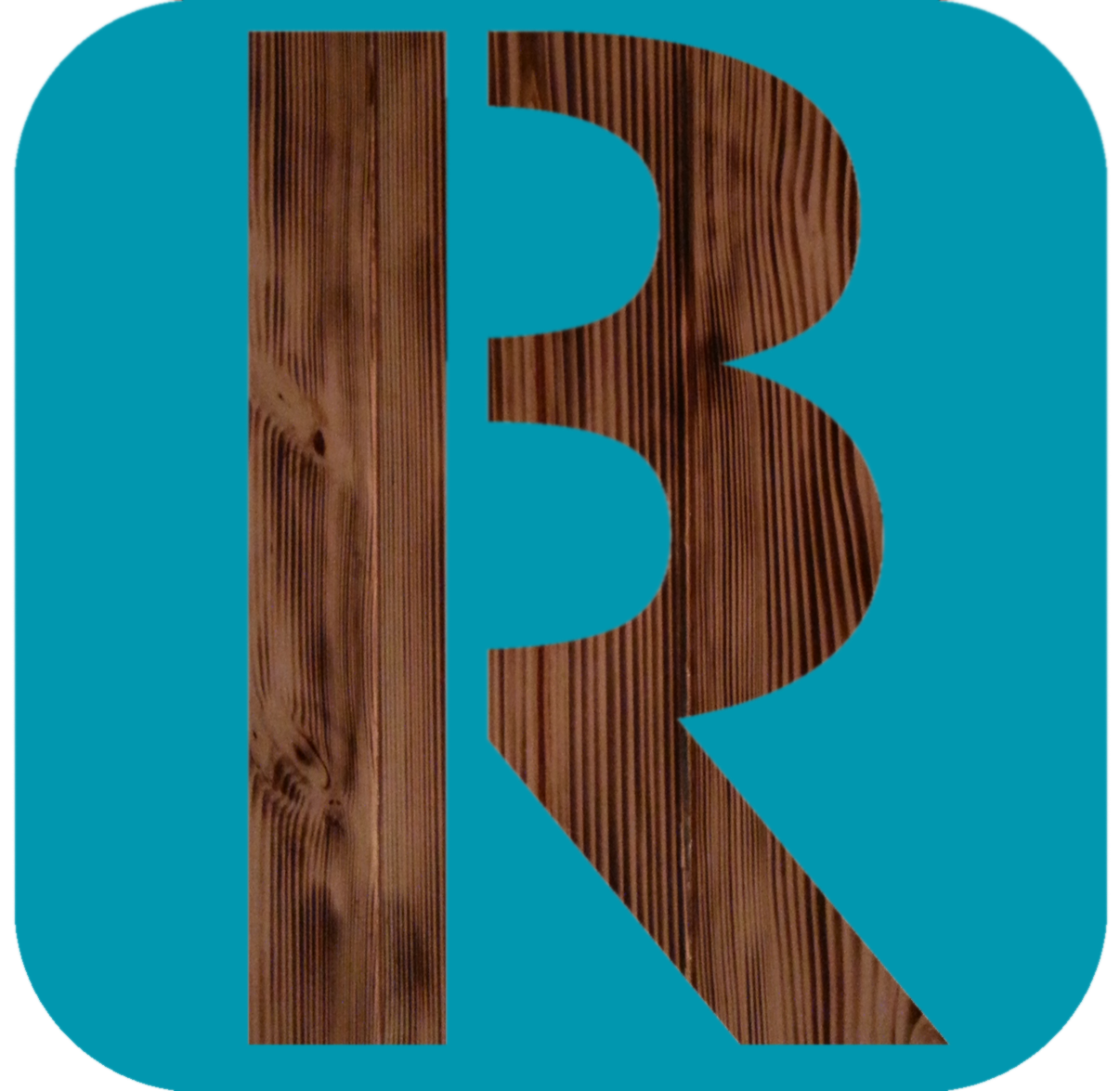The Challenge
The current core interaction provided by the company is fantastic. Users press a button and a voice asks them what they need - without telepathy, it doesn’t get much more frictionless.
However, the system is not proactive, and the age-related stigma carried by the hardware keeps users from adopting the system before multiple, often injurious, falls have occurred.
The Solution
I decided to pursue a service design which would minimize user’s existing pain points, but also capitalize on the strengths of the brand to provide more than just emergency services.
While they lag behind in terms of features and hardware, the personalized service from Life Alert's dispatchers and installers ranks very highly with their users. I redesigned the existing mobile app and website to leverage these strengths into a health concierge service which encourages earlier adoption, helps to prevent falls before they occur, and helps users to manage both their physical and mental health.
Key Research Findings
- End users are often physically challenged and more comfortable with familiar technology.
- 90% of users were daily telephone users, but only 17% texted and none used email, despite many owning smart phones and computers.
- For caregivers, mental concerns were more important than physical. Forgetfulness and confusion ranked near the top.
- Medication noncompliance was frequently mentioned in user interviews.
- Caregivers wanted fine-grained tracking of their loved ones.
- Users often need assistance which doesn’t warrant EMS or police involvement.
- Disorientation and dementia were an impediment for users of the existing system.
- Users generally adopted the current system after a fall - often with long waits for help which led to issues like muscular damage, cardiac tissue die-off, and emotional trauma. Permanent injury or inactivity due to fear of another fall often resulted.
Design Responses
- For the greatest benefit users needed to adopt the system before their first incident. The stand-alone mobile app reduces the stigma of subscribing since it is more discreet and affordable than a medical pendant.
- When the app or connected fitness band detects changes in an end-user’s activity-level, location, sleep, or heart rate, a push notification goes to the caregiver. The caregiver can follow up with a voice note if they choose.
- When an end-user receives a voice note, they only have to speak a reply. They don’t need to learn new behaviors to use the system.
- Circles of Care service connects Life Alert users and caregivers into a community where they can support one another through help with small tasks.
- The smartphone’s accelerometer (and any connected fitness band) provide automatic fall detection so even unconscious users receive help.
A personalized daily check-in from a familiar agent provides support and social interaction.
Service Blueprint
Thanks for checking out my redesign of Life Alert's services. I also worked on a mobile redesign for the Veterans Administration, and co-created a workshop. Or, you could go back to that great view of the Sydney Harbor on my home page.



